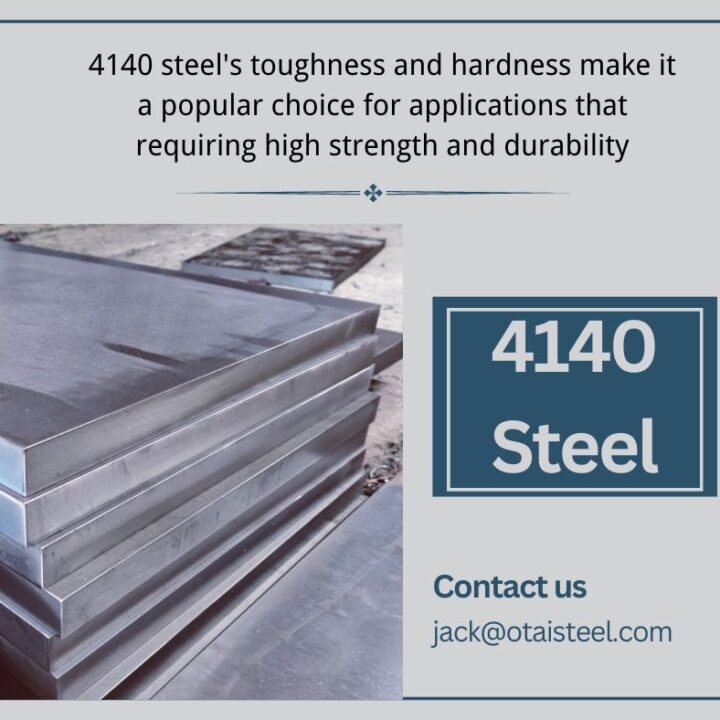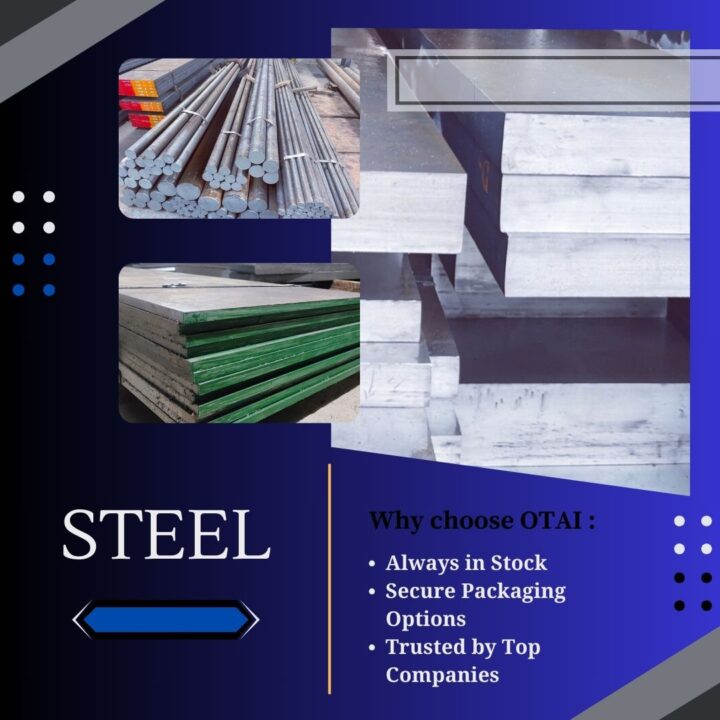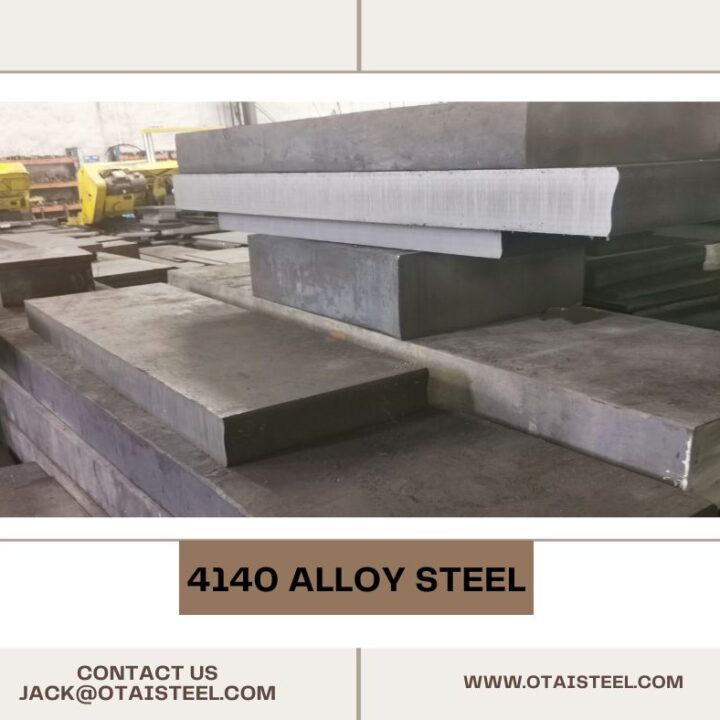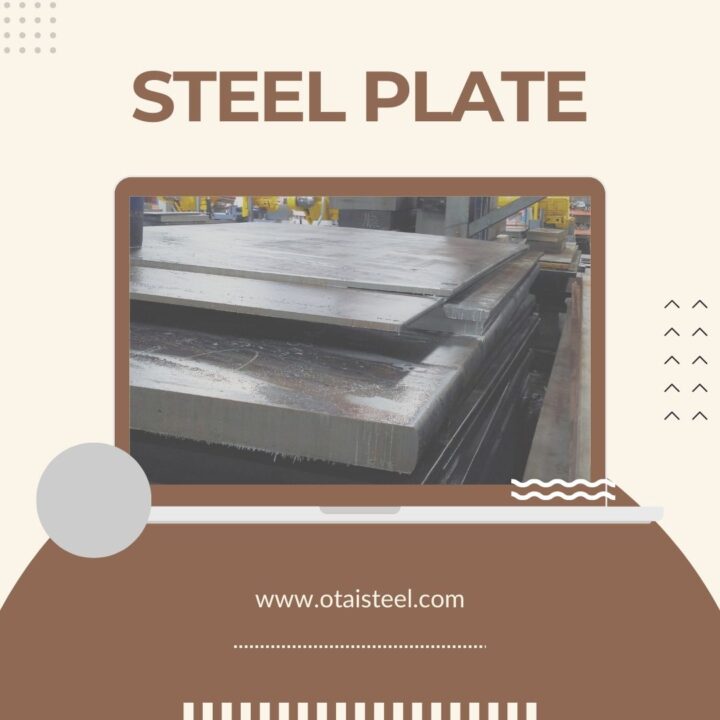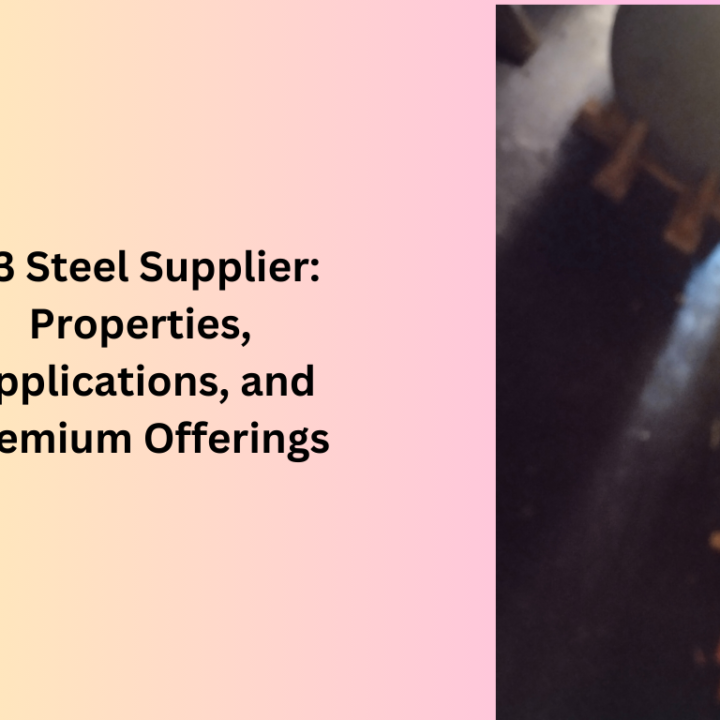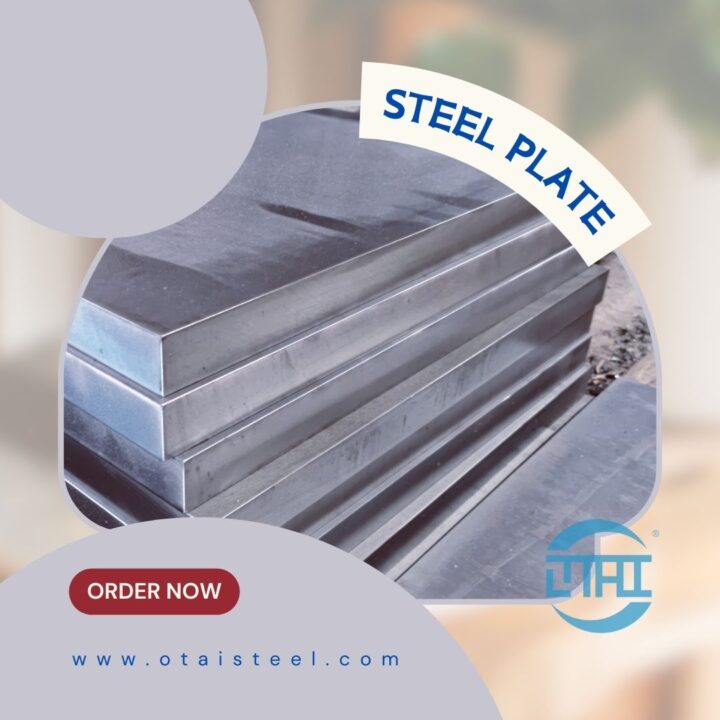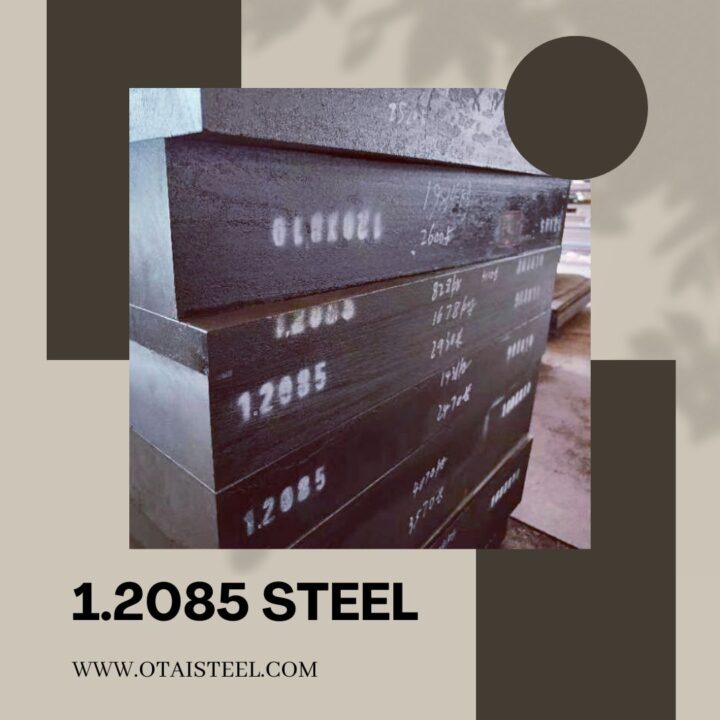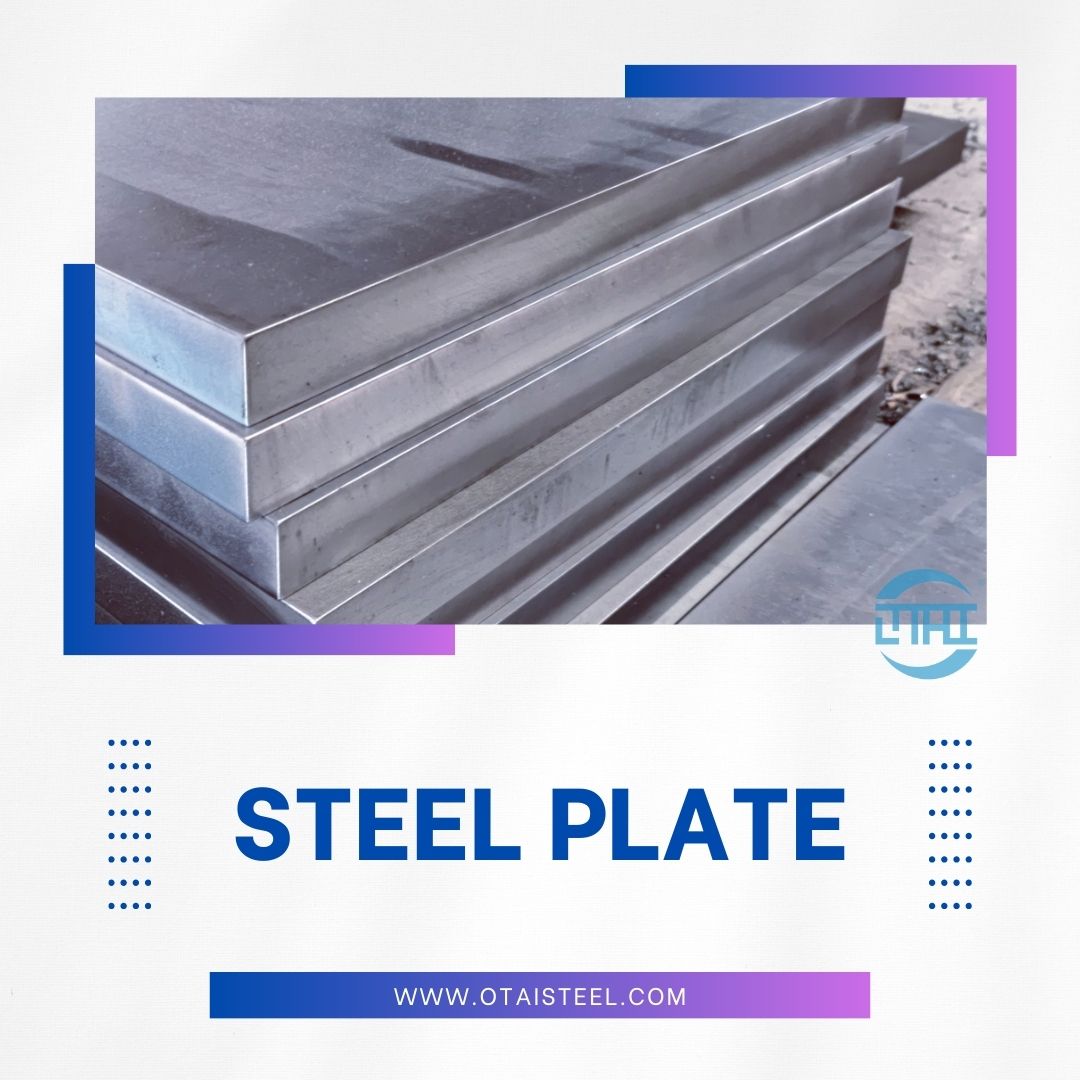 1.2316 steel hardness- How is the hardness of 1.2316 steel?
1.2316 steel hardness- How is the hardness of 1.2316 steel?
DIN 1.2316 steel is a material that speaks volumes through its properties, composition, and applications. For those seeking this exceptional steel grade, exploring its hardness becomes paramount. In this detailed guide, we’ll delve into the hardness aspect while shedding light on the standard, composition, applications, sizes, pricing, and sourcing strategies. By the end, you’ll not only understand 1.2316 steel hardness but also be equipped to make informed decisions when integrating it into your projects.
1.2316 Steel Properties: Beyond the Surface
Understanding the hardness of 1.2316 requires a deeper dive into its overall properties. This steel grade, known for its exceptional corrosion resistance and versatility, offers a balance of toughness and hardness that makes it a standout choice in various applications. As we explore its hardness, it’s essential to keep in mind the broader spectrum of characteristics that contribute to the material’s reliability.
Unlocking the Composition: The Backbone of Hardness
The hardness of 1.2316 is intricately tied to its chemical composition. The blend of chromium, nickel, molybdenum, and a significant carbon content forms a robust alloy that not only resists corrosion but also attains impressive levels of hardness. This unique composition positions 1.2316 steel as a go-to material for applications demanding durability and strength.
Hardness in Action: Applications of 1.2316 Steel
The versatility of 1.2316 extends beyond its hardness. Its adaptability makes it a favored choice in precision molding, injection molding, medical instruments, and various manufacturing applications. The inherent hardness ensures that the material withstands the rigors of these industries, providing longevity and reliability in the face of challenging conditions.
Sizing Up: How Hardness Relates to Size
When considering 1.2316 hardness, it’s crucial to recognize that hardness can vary with different sizes and heat treatments. Manufacturers often provide hardness values corresponding to specific sizes and treatments, allowing you to tailor the material to your project’s requirements. This flexibility in sizing ensures that you get the desired hardness for your specific application.
Pricing Strategies: Balancing Hardness and Cost
While hardness is a critical factor, it’s equally important to consider the pricing landscape. The cost of 1.2316 steel is influenced by factors such as size, quantity, and supplier reputation. Striking a balance between hardness requirements and budget considerations ensures a cost-effective solution without compromising on quality.
Sourcing the Best: Strategies for Finding Reliable Suppliers
The journey to harness the hardness of 1.2316 begins with finding a reliable supplier. Look for companies with a proven track record, industry certifications, and positive customer feedback. Engaging with potential suppliers allows you to discuss your specific hardness requirements and evaluate their capabilities and willingness to meet your project’s needs.
Conclusion: Hardness as the Bedrock of Excellence
In conclusion, the hardness of 1.2316 is a testament to its excellence as a material. Beyond being a number on a scale, hardness in 1.2316 steel represents the bedrock of its strength and durability. Integrating this steel into your projects means tapping into a material that not only meets but exceeds expectations.
FAQs About 1.2316 Steel Hardness
- How is the hardness of 1.2316 measured?
- Hardness is commonly measured using the Rockwell or Brinell hardness scales, depending on the size and nature of the material.
- Does the hardness of 1.2316 vary with different sizes?
- Yes, the hardness of 1.2316 steel can vary with different sizes and heat treatments. Manufacturers provide specific hardness values for various conditions.
- Can 1.2316 steel be heat-treated to achieve specific hardness levels?
- Yes, heat treatment is a common practice to adjust the hardness of 1.2316 steel, allowing for customization based on project requirements.
- How does the hardness of 1.2316 contribute to its durability?
- The inherent hardness of 1.2316 steel contributes to its durability by providing resistance to wear, making it suitable for applications in challenging environments.
- What role does hardness play in the performance of 1.2316 steel in precision molding applications?
- The hardness of 1.2316 steel is crucial in precision molding applications as it ensures the material can withstand the stresses and pressures involved in molding processes, contributing to the longevity of molds.
